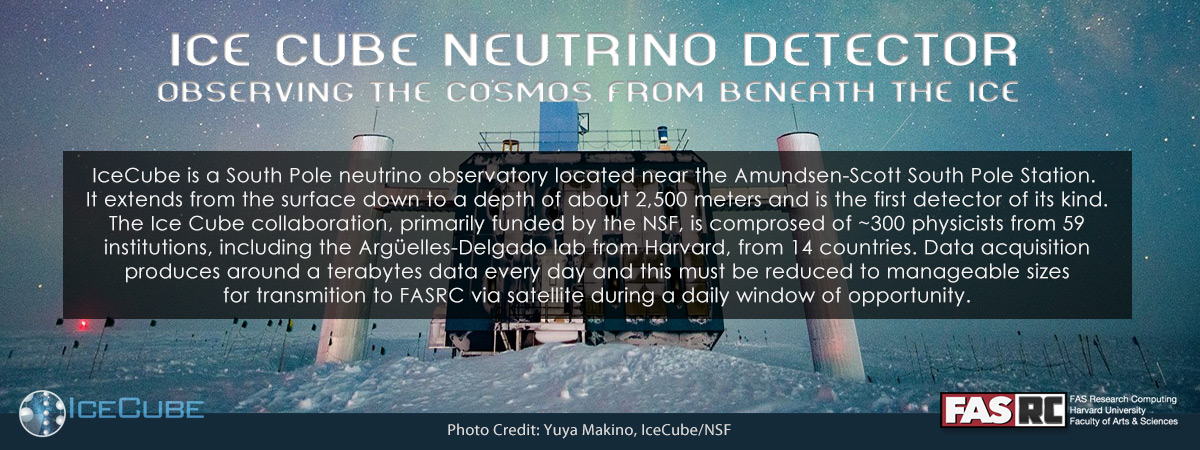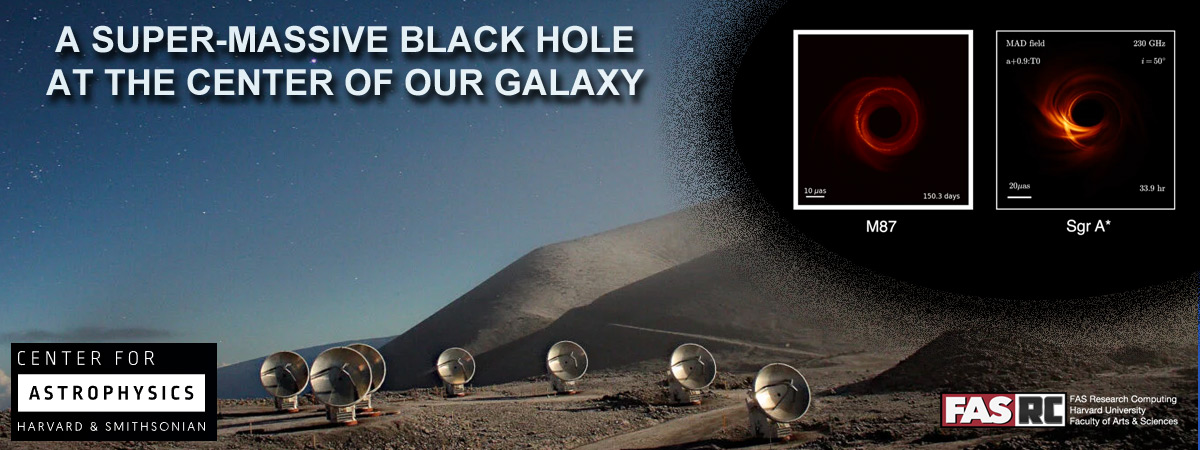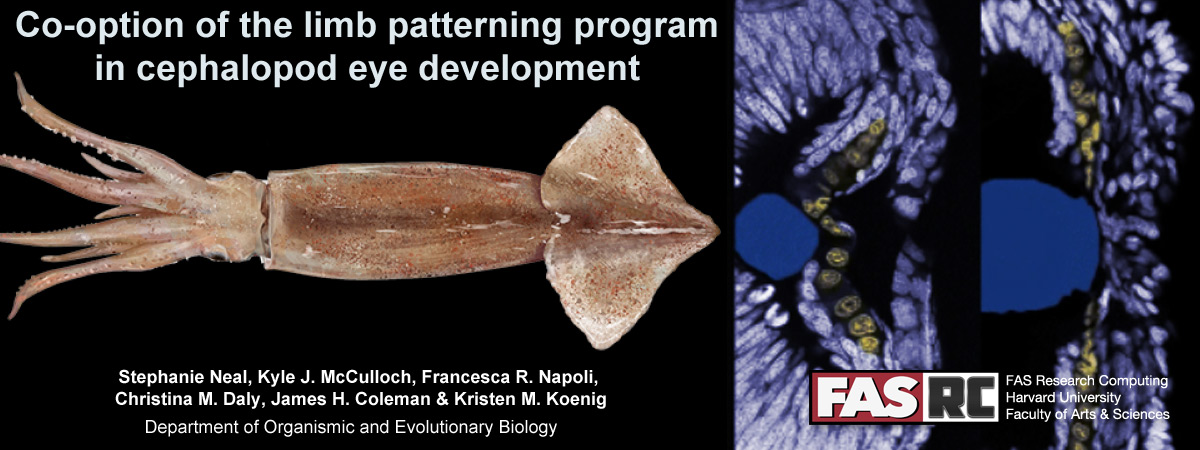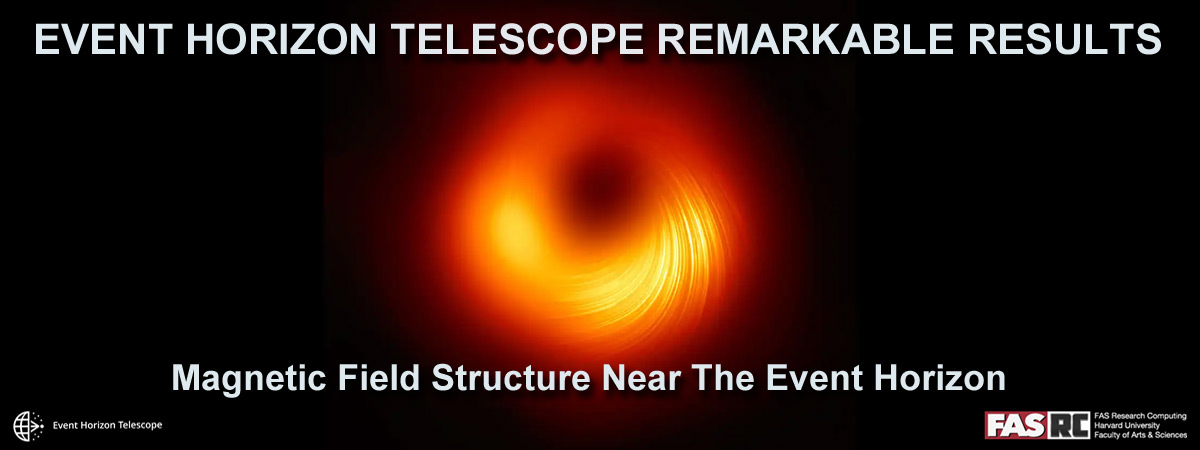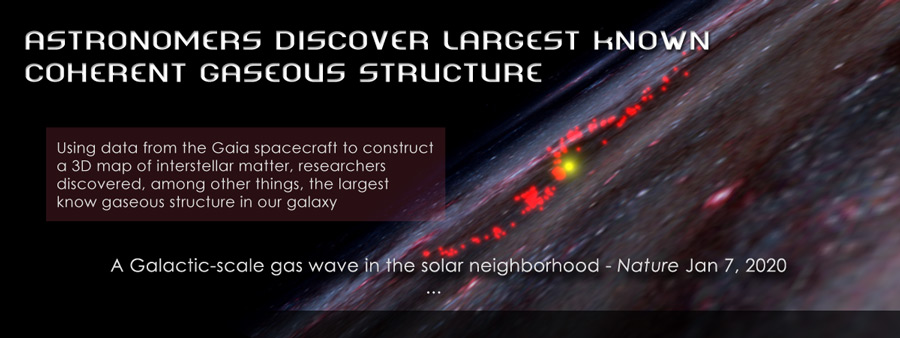
|
Astronomers at Harvard University have discovered a monolithic, wave-shaped gaseous structure - the largest ever seen in our galaxy - made up of interconnected stellar nurseries. Dubbed the “Radcliffe Wave” in honor of the collaboration’s home base, the Radcliffe Institute for Advanced Study, the discovery transforms a 150-year-old vision of nearby stellar nurseries as an expanding ring into one featuring an undulating, star-forming filament that reaches trillions of miles above and below the galactic disk. The work, published in Nature, was enabled by a new analysis of data from the European Space Agency’s Gaia spacecraft, launched in 2013 with the mission of precisely measuring the position, distance, and motion of the stars. The research team’s innovative approach combined the super-accurate data from Gaia with other measurements to construct a detailed, 3D map of interstellar matter in the Milky Way, and noticed an unexpected pattern in the spiral arm closest to Earth. |
- Interconnected stellar nurseries form the largest gaseous structure ever observed in the Milky Way galaxy Harvard Gazette, Jan 7, 2020
- A Galactic-scale gas wave in the solar neighborhood - Nature, Jan 7, 2020
- A Large Catalog of Accurate Distances to Local Molecular Clouds: The Gaia DR2 Edition - The Astrophysical Journal

